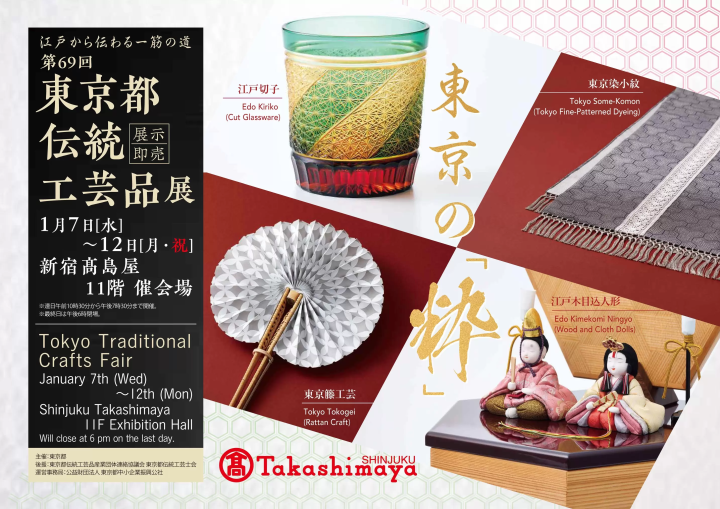Certified as a Japanese Heritage Site! Take a stroll around Kumagawa-juku, a post town that is full of history and culture

Kumagawa-juku in Wakasa Town , Fukui Prefecture , is a post town that still retains the old streetscape from the Edo period. It is located along the Wakasa Kaido, an important road for transporting seafood from Wakasa to Kyoto . It was also called the "Mackerel Kaido" because it mainly carried mackerel, and the entire area has been designated as a Japan Heritage Site.
-
Table of Contents
- The only place in Japan to be selected as a premium Japanese heritage site: Miketsukuni Wakasa and the Mackerel Highway
- What is Kumagawa-juku?
- Explore the town
- How to get to Kumagawa-juku
The only place in Japan to be selected as a premium Japanese heritage site: Miketsukuni Wakasa and the Mackerel Highway
The area in the Nanbu of Fukui Prefecture along the coast of Wakasa Bay Bay was once "Wakasa Province."Wakasa has been known as "Miketsu Province" since ancient times, and has supported the food culture of the capital by transporting an Toyotomi of food ingredients such as salt and seafood to the capital. It also served as a base for transporting goods from the continent, and the areas along the road to the capital flourished as post towns.
The Wakasa Kaido in particular boasted the greatest logistics, transporting mainly seafood to the landlocked capital of Kyoto. As mackerel accounted for a large proportion of the goods transported, it was also called the "Mackerel Kaido." The group of roads connecting Wakasa and the capital, known as the "Mackerel Kaido," were not only a route for transporting food, but also a variety of goods, people, and culture. Along the roads, shrines, temples, streetscapes, and folk cultural properties form a highly diverse and dense cultural heritage site that is rare nationwide.
In July 2024, the Agency for Cultural Affairs selected the Wakasa Cultural Heritage Site Connecting the Sea and the Capital - Wakasa and Saba Kaido - as the first "Special Priority Support Area (Japan Heritage Premium)" in Japan. This indicates that the Saba Kaido is an excellent place to experience Japanese culture. Please come and experience the folk arts, food, and townscapes that have been passed down since ancient times in Japan that remain in the villages along the road.

What is Kumagawa-juku?
Kumagawa-juku is one of the post towns on the "Mackerel Highway" that connects Wakasa and Kyoto. In the days before cars, people mostly traveled by foot or horseback, and many such post towns were formed along Japan's highways.
Among the remaining post towns in Japan, Kumagawa-juku is one that still retains traces of the past. The townscape that was formed during the Edo period and still remains today has been designated as an Important Preservation District for Groups of Traditional Buildings.
Kumagawa-juku is a settlement that sprang up along the Kitagawa that runs through the valley, and developed as a shipping depot where goods could be transported by horse or boat. Remains of the retreat, guardhouse, and storehouse remain, and traditional irrigation canals run along the atmospheric road.


Explore the town
In the town of Kumagawa-juku, old merchant houses that retain the appearance of the Edo period remain. There are no electric poles, and the scenery spreads out before you as if you have traveled back in time to the old days of Japan.
The Kumagawa Bansho is a cultural exhibition facility restored in 2002, and is the only guardhouse building in Japan that remains in its original location within a traditional cultural heritage district. The Saba Kaido Museum is a white-walled storehouse-style exhibition hall where you can learn about the history of the Saba Kaido through manga, providing an easy-to-understand explanation even for foreign visitors.
Experience
You can also have a historical experience in Kumagawa-juku. At the Wakashu Ninja Dojo, you can experience being a ninja, such as throwing shuriken. Other recommended experiences include wood carving and exposing Kumagawa Kudzu to the cold.
Eat and Shop
There are also many restaurants and cafes that use old houses. Find your favorite restaurant, such as one that serves Wakasa region specialties such as eel and mackerel, or a soba restaurant. For souvenirs, we recommend the traditional craft of the Wakasa region, "Wakasa lacquer chopsticks."
stay
There are several accommodations that have been renovated from traditional old Japanese houses. Some accommodations offer programs that allow you to experience traditional Japanese life, so you can experience it for yourself. For dinner, you can enjoy meals unique to the Wakasa region, made with local ingredients.
How to get to Kumagawa-juku
Take the train to Kumagawa-juku
●From Kyoto Station
From JR Kyoto Station, take the Kosai to JR Omi-Imazu Station. From JR Omi-Imazu Station, take the JR Bus Wakae Line bound for Obama Station and get off at the bus stop "Wakasa Kumakawa." It takes about 1 hour and 40 minutes from Kyoto Station.
●From Tokyo Station
From JR Tokyo Station, take the Hokuriku Shinkansen to JR Tsuruga Station. From JR Tsuruga Station, transfer to the Obama and get off at JR Kaminaka Station. From JR Kaminaka Station, take the JR Bus Wakae Line bound for Omi-Imazu Station and get off at the bus stop "Wakasa Kumagawa." It takes about 1 hour and 10 minutes from Tsuruga Station.
Drive to Wakasa Wakasa-juku
From Kyoto Higashi IC on the Meishin Expressway, take the Nishi-Otsu Bypass and National Route 161 to Takashima Takashima City, Shiga Prefecture . From Takashima City , Shiga Shiga Prefecture, take National Route 303 to Wakasa Kumagawa. It takes about an hour from Kyoto Higashi IC to get there.
This is a voluntary tourism organization that promotes the attractions of the northern Kinki region of Tamba, Tajima, Tango, and Wakasa. The flavors of Northern Kinki are not limited to crab, a representative winter sea delicacy, but also include oysters, yellowtail, and pufferfish, as well as cockles, rock oysters, and white squid in the summer, and mountain flavors such as Tamba chestnuts and Tamba black beans, and the summer fruit sand dune melon, making this an area where you can enjoy gourmet food all year round. I would be happy to be able to visit the vast northern Kinki region many times and share information on railroad journeys.
The contents on this page may partially contain automatic translation.


















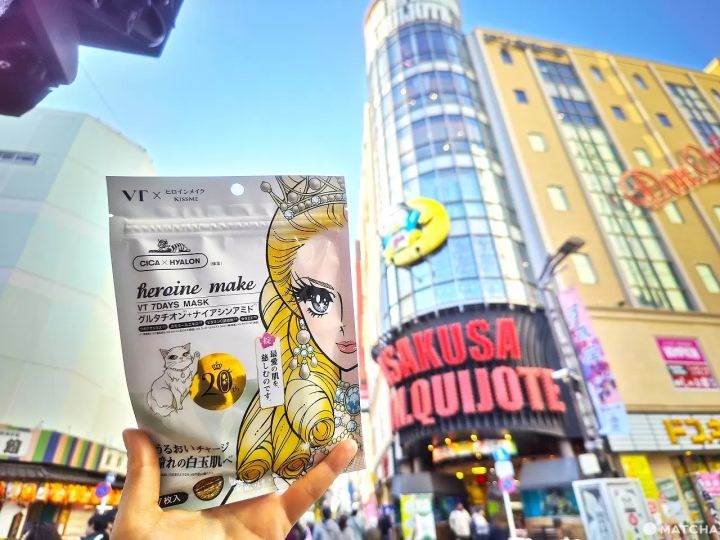

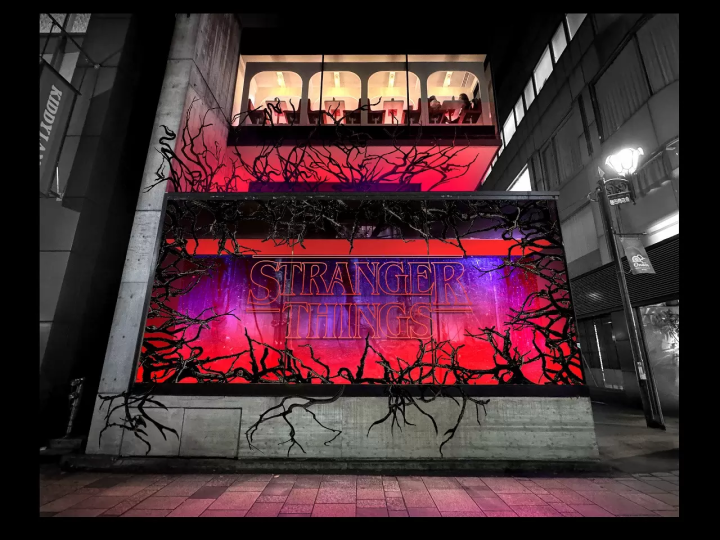
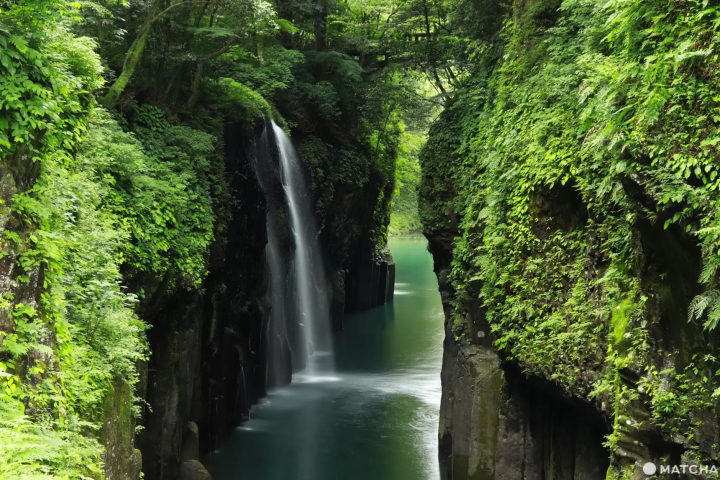





![[JR KYUSHU HOTEL Blossom Oita] A hotel directly connected to Oita Station - A comprehensive guide to access!](https://resources.matcha-jp.com/resize/720x2000/2025/10/23-247814.webp)
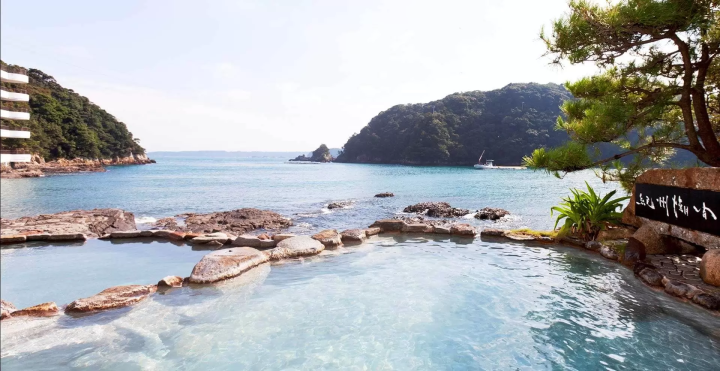
![Deep dive into Japanese brands! A tour of famous leather shoe stores with GENSEI & Nin [Harta Edition]](https://resources.matcha-jp.com/resize/720x2000/2025/12/18-253277.webp)
